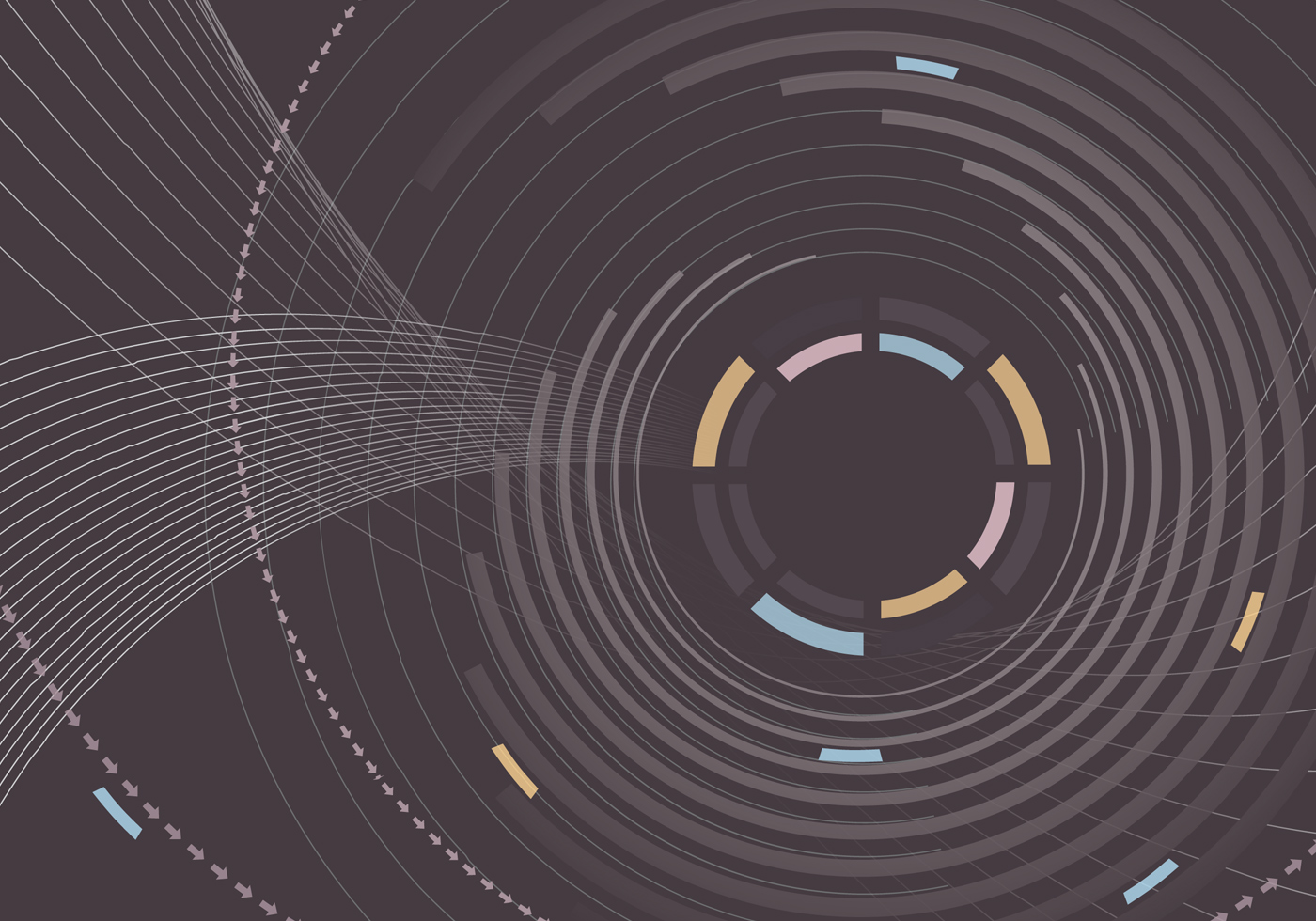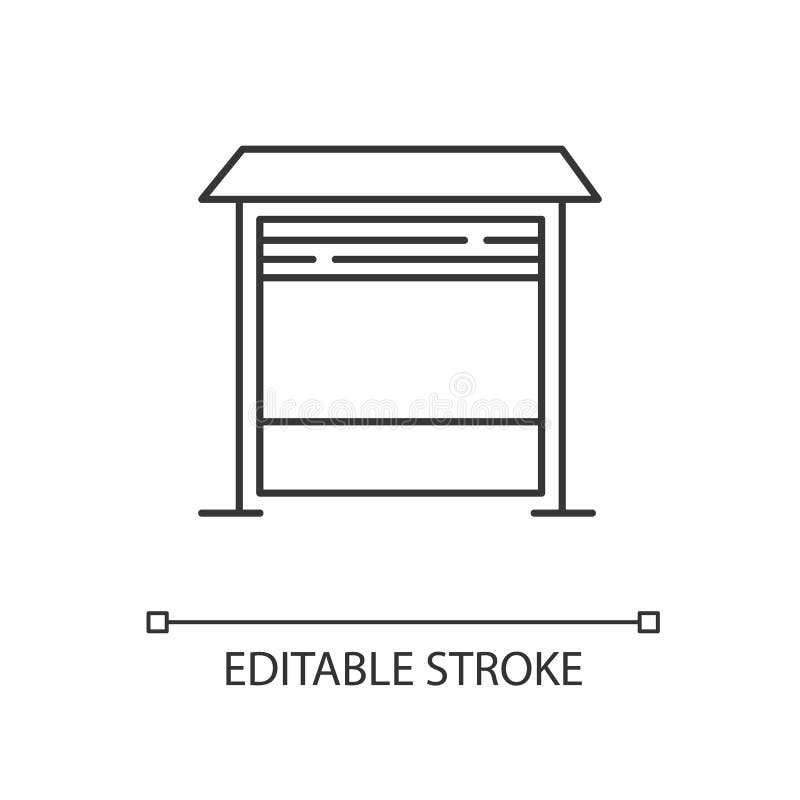
Vectorising Bitmaps into Semi-Transparent Gradient Layers. Christian Richardt, Jorge Lopez-Moreno, Adrien Bousseau, Maneesh Agrawala, and George Drettakis.Diffusion curves: a vector representation for smooth-shaded images. Alexandrina Orzan, Adrien Bousseau, Holger Winnemöller, Pascal Barla, Joëlle Thollot, and David Salesin.Xueting Liu, Xiangyu Mao, Xuan Yang, Linling Zhang, and Tien-Tsin Wong.IEEE Transactions on Visualization and Computer Graphics 18, 11 (2012). A Subdivision-Based Representation for Vector Image Editing. Zicheng Liao, Hugues Hoppe, David Forsyth, and Yizhou Yu.of the IEEE conference on Computer Vision and Pattern Recognition. Separating reflections from a single image using local features. Anat Levin, Assaf Zomet, and Yair Weiss.In Proceedings of the Eurographics Symposium on Rendering Techniques. Ardeco: automatic region detection and conversion. In IEEE Computer Vision and Pattern Recognition. A learning-based framework for depth ordering. Gallagher, Yao-Jen Chang, and Tsuhan Chen.

Estimating Color and Texture Parameters for Vector Graphics.

International Symposium on Non-photorealistic Animation and Rendering.

Yaǧiz Aksoy, Tunç Ozan Aydin, Aljoša Smolić, and Marc Pollefeys.We demonstrate the effectiveness of our method by reverse-engineering existing cliparts and by creating original cliparts from studio photographs. We propose a Monte Carlo Tree Search algorithm that efficiently explores this solution space by leveraging layering cues at image junctions. However, this formulation results in a complex combinatorial problem combining discrete unknowns (the pixel assignments) and continuous unknowns (the layer parameters). Since a trivial solution would consist in assigning each pixel to a different, opaque layer, we complement our objective with a simplicity term that favors decompositions made of few, semi-transparent layers. We cast this problem as an optimization that jointly assigns each pixel to one or more layer and finds the gradient parameters of each layer that best reproduce the input. Motivated by these observations, our goal is to decompose a bitmap photograph into a stack of layers, each layer containing a vector path filled with a linear color gradient. In addition, skilled artists produce intricate yet editable artworks by stacking multiple gradients using opaque and semi-transparent layers. We observe that vector artists satisfy both of these properties by modeling cliparts with linear color gradients, which have a small number of parameters and approximate well smooth color variations. Our approach aims at reproducing two key properties of cliparts: they should be easily editable, and they should represent image content in a clean, simplified way. We present a method to create vector cliparts from photographs.


 0 kommentar(er)
0 kommentar(er)
